'Sub-licenses' will be issued online, without incurring any costs
Draft Decree 24 aims to abolish the State monopoly on gold bar production, allowing enterprises and credit institutions to produce gold bars and creating a mechanism to allow gold imports to have a source of raw gold.
However, commenting on the issue of licenses and procedures in draft Decree 24, the Ministry of Public Security said that the draft decree mentions many forms of licenses (Gold bar production license; Gold bar export/import license; Raw gold export/import license), with the risk of a "mother license" mechanism creating many "child licenses" and a mechanism for granting gold bar production quotas/raw gold import quotas on a yearly and timely basis.
The draft decree also allows a group of enterprises and commercial banks that meet the charter capital requirements to be licensed to produce gold bars and import raw gold, such as 3 companies (SJC, PNJ, DOJI), 4 state-owned commercial banks (Vietcombank, Vietinbank, Agribank, BIDV) and 4 joint-stock commercial banks (VPBank, Techcombank, MB,ACB ).
“The mechanism of 'sub-licenses' and quotas can create negative impacts in the licensing process. At the same time, it can easily lead to the risk of monopolizing the production of gold bars, import and distribution of raw gold in a group of licensed units. Without a strict monitoring and post-inspection mechanism, it will be difficult to control the situation of exceeding the limit or buying and selling licenses,” the Ministry of Public Security stated.
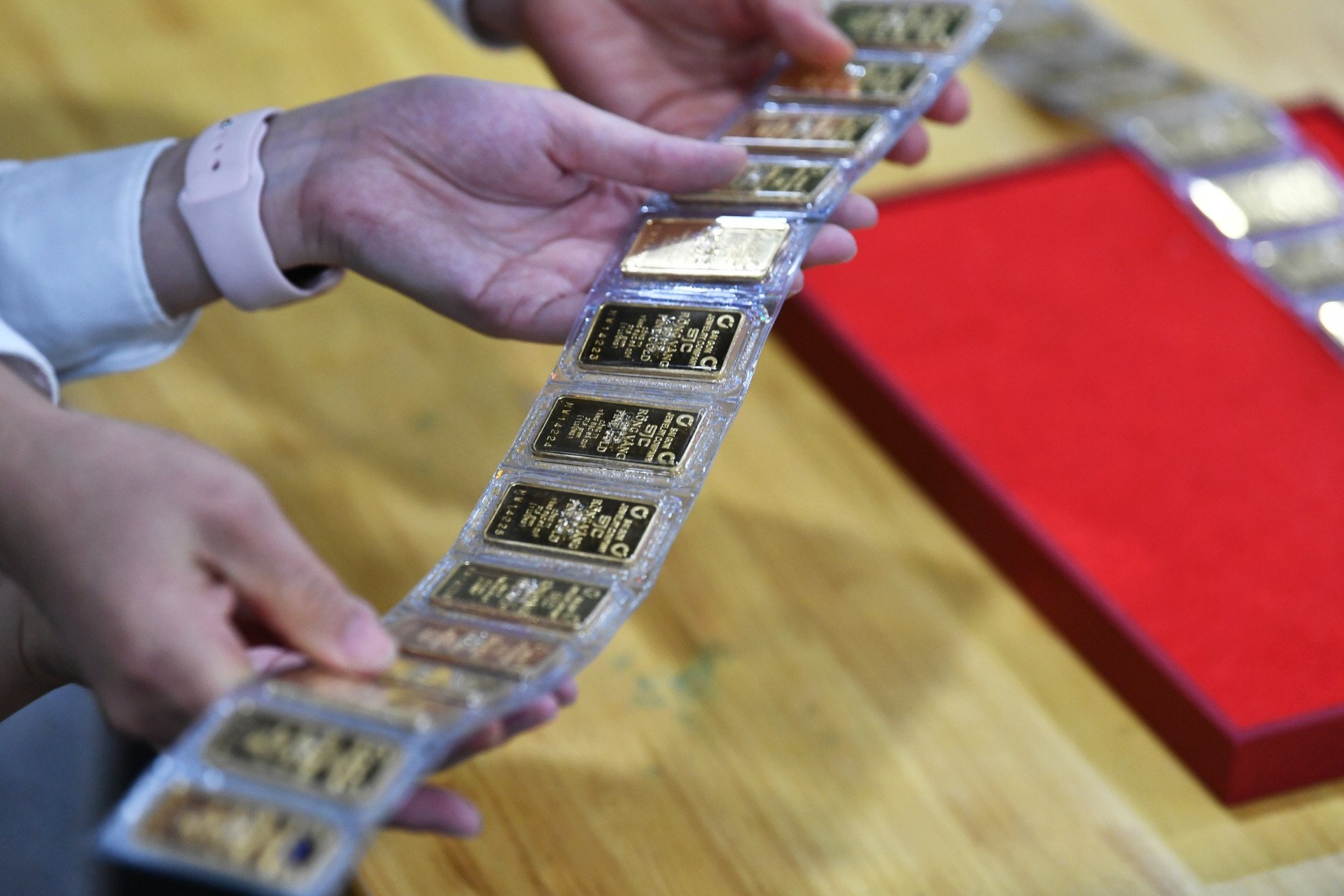
In addition to the above license forms, according to the Ministry of Public Security, the draft decree still stipulates sub-licenses such as: Certificate of eligibility for gold jewelry and fine art production, License for temporary import of raw gold for re-export of products... which can increase pressure on administrative procedures, creating barriers for gold trading activities of enterprises.
Explaining the above opinions, the representative of the drafting committee - the State Bank (SBV) said that it will build and adjust the total annual limit for the export and import of gold bars and raw gold imports based on the macroeconomic situation and monetary policy management goals; the scale of the state foreign exchange reserves; and the implementation of gold bar and raw gold export and import activities.
From there, the State Bank will issue annual limits to enterprises and commercial banks based on the charter capital scale of these units; the export and import situation of gold bars and raw gold in previous years (if any) and the needs of enterprises and banks.
The draft decree also assigns the Governor of the State Bank to prescribe the method of allocating annual limits to enterprises and commercial banks.
On that basis, enterprises and commercial banks carry out procedures to request a license to export and import gold each time, following the guidance of the State Bank to ensure publicity and transparency.
Through periodic reports, reports from enterprises, commercial banks and cross-checking on the customs system, in cases where units do not import the full amount of the granted limit, the State Bank can adjust and withdraw to allocate the remaining limit to other units in need.
According to the State Bank, this is also the basis for calculating allocation, reallocation, and adjusting limits for the following years/periods.
The State Bank of Vietnam affirmed that the single-time import and export license using the online public service method helps organizations and individuals cut costs, save time and resources, does not increase pressure on administrative procedures, and does not create barriers to gold trading activities of enterprises.
Manage gold bar series on each transaction document
Regarding the establishment of a National Gold Exchange or a Gold Trading Floor in the International Financial Center, the draft decree does not mention the gold resources among the people and the establishment roadmap, so the Ministry of Public Security recommends that the State Bank consider and supplement it to create a legal premise for the implementation roadmap later.
The State Bank of Vietnam said it will focus on studying a number of solutions to soon apply according to the roadmap, including carefully studying and referring to international experience to propose the establishment of a National Gold Exchange; or allowing gold to be traded on the Commodity Exchange; or establishing a Gold Exchange in the International Financial Center in Vietnam.
“These are complicated contents that require time to study and carefully evaluate based on synchronous coordination between ministries and branches (Ministry of Finance, Ministry of Industry and Trade, Ministry of Justice, Ministry of Public Security). This content will be implemented according to a separate roadmap and is not within the scope of this decree,” the State Bank replied.
Also according to the Ministry of Public Security, the regulations related to the business and production of gold bars in the draft do not have specific regulations on the management of gold bar serial numbers (for newly produced gold, reprocessed dented gold bars, in buying/selling transactions, gold bars converted into raw materials...).
Mandatory recording of information on gold bar serial numbers in transaction documents will help limit risks in gold trading activities, verify the legality and origin of gold transactions, help manage and control gold trading activities more closely and safely, and ensure customer rights.
Therefore, the Ministry of Public Security believes that it is necessary to consider and supplement regulations to strictly manage gold bar serial numbers, and require recording serial number information on documents in the above activities and transactions.
Responding to this opinion, the State Bank said it will coordinate with the Ministry of Finance to guide the recording of serial number information on transaction documents.
Source: https://vietnamnet.vn/bo-cong-an-de-nghi-quan-ly-chat-che-so-se-ri-vang-mieng-2420913.html










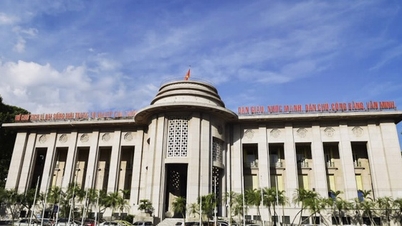

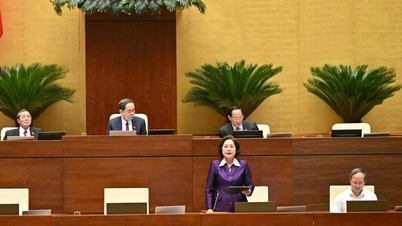


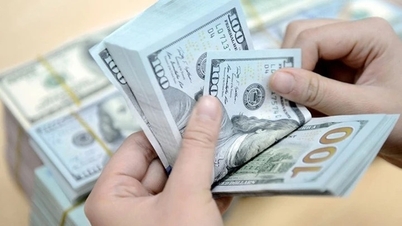

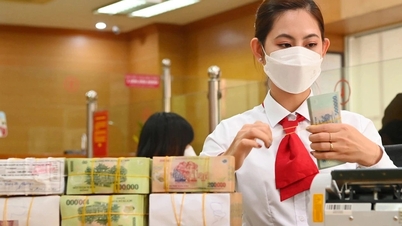


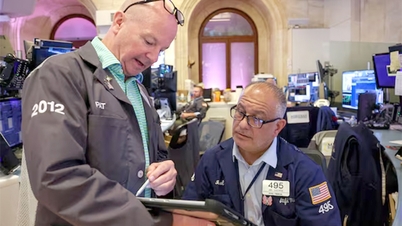
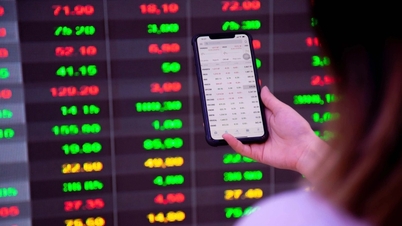
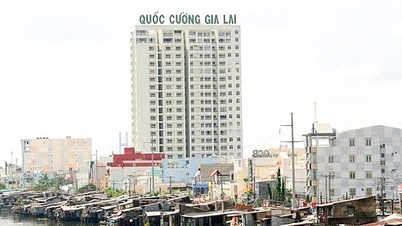












![[Photo] Parade to celebrate the 50th anniversary of Laos' National Day](/_next/image?url=https%3A%2F%2Fvphoto.vietnam.vn%2Fthumb%2F1200x675%2Fvietnam%2Fresource%2FIMAGE%2F2025%2F12%2F02%2F1764691918289_ndo_br_0-jpg.webp&w=3840&q=75)
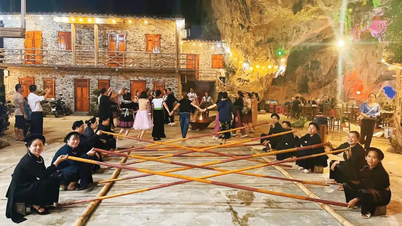



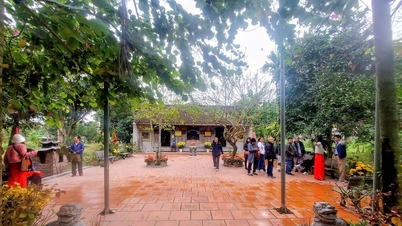





























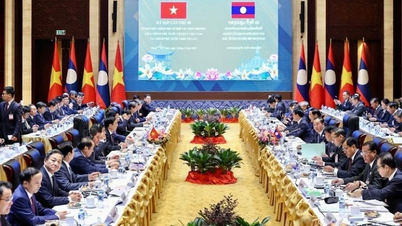


















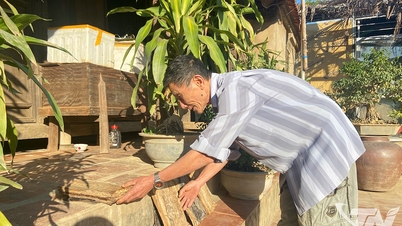

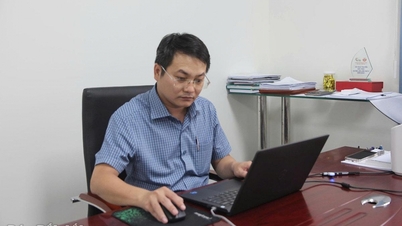
















Comment (0)